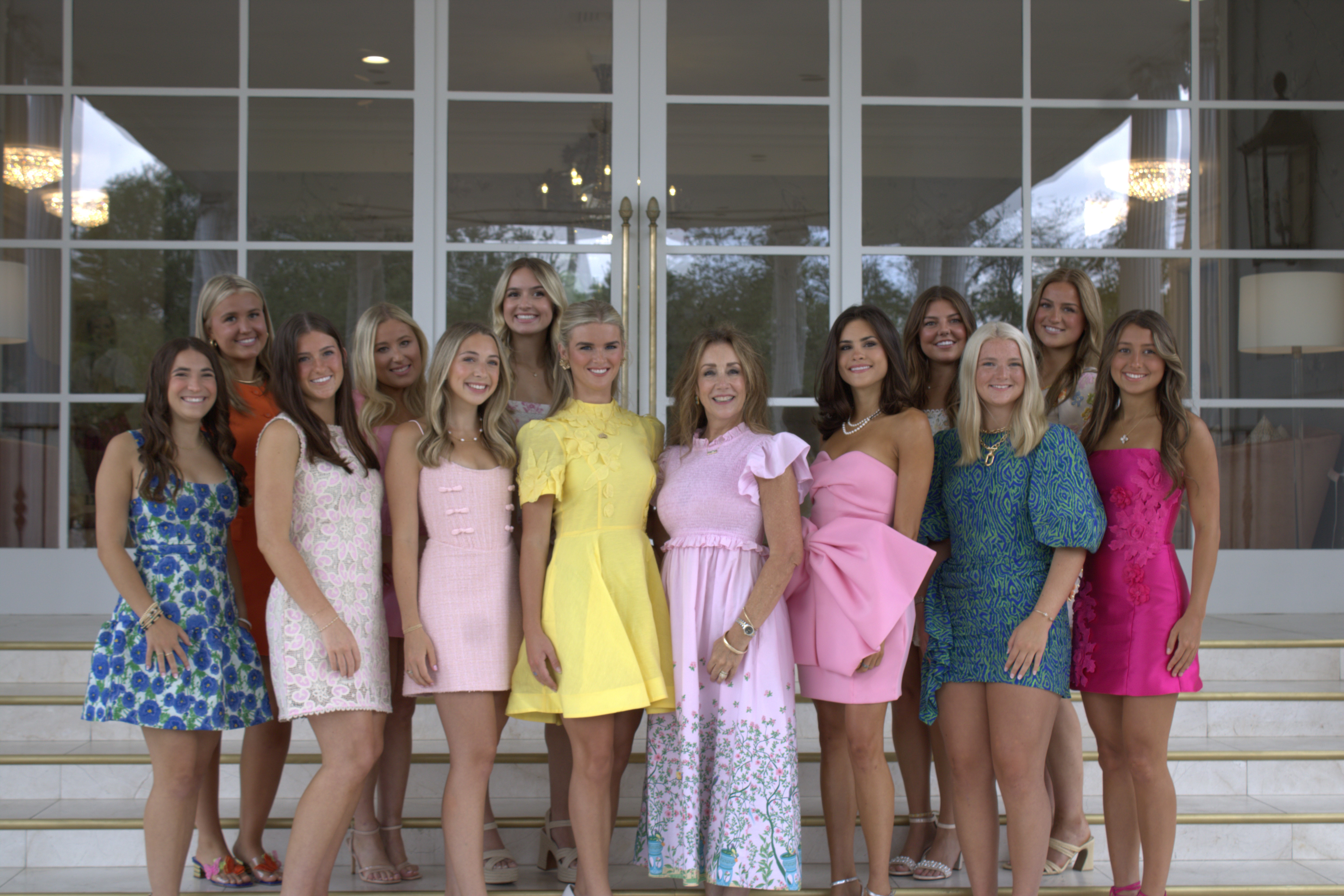Wave petunias are a great planting choice for spring
Published 6:00 am Wednesday, May 16, 2018

- Steve Farrell
Spring has sprung in East Texas, as evidenced by the long checkout lines at our local garden centers. Avid gardeners and plant enthusiasts eager to overcome cabin fever are venturing outdoors to find new plants for their gardens, landscapes and patios.
Nurseries and commercial plant growers have done their thing and have stocked garden centers with a vast array of trees, shrubs, plants and ornamental flowers that are suitable for early spring planting.
Trending
Wave petunias (Petunia x hybrida) provide gardeners a vibrant, colorful and prolific blooming flower that can fill a flowerbed with eye-catching color, or provide a waterfall of color cascading over walls, and spilling out of hanging baskets. The plants will bloom lavishly from spring, well into fall, and have been known to survive the winters in parts of South Texas. They are a super choice for spring planting.
In the early 1990s, a Japanese beer and wine producer discovered a vigorous spreading petunia while exploring opportunities for wine grape breeding. By 1995 the first Wave petunia was developed and introduced to American home gardeners. Today, Wave petunias are available in a variety of colors and five different series including Wave, Easy Wave, Shock Wave, Tidal Wave and Double Wave. Unlike traditional petunias, the Wave series does not require deadheading, and can withstand the East Texas summer heat and humidity. It’s noteworthy that Tidal Wave Silver and Tidal Wave Cherry have been certified as Texas Superstars, which means they have been tested and selected for “superstar performance” in the Texas EARTH-KIND landscape.
Wave petunias should be planted in full sun in moist, well-drained soil. Plants will grow up to 20 inches tall and can spread as much as 4 feet with masses of 3-inch flowers. Fertilize with a water soluble, all purpose fertilizer immediately after planting, then every two weeks throughout the growing season. Keep the soil moist, but not soggy. Petunias don’t like water on their flowers and blooms will close up and appear wilted. Avoid watering them from above. Use drip irrigation or a water wand to apply water at the base of the plant at soil level.
Although Wave petunias bloom prolifically and do not require deadheading, periodic deadheading will promote greater flower production. Simply pinch back spent blooms along with the small stem that attaches it to the plant. This will prevent the plant from using its energy to produce seed, which encourages more blooms. If desired, plants can be lightly trimmed in mid to late summer; a string trimmer will do the trick. Wave petunias can be propagated from seed, which could be a challenge for novice gardeners. They would be best purchased as flowering plants in containers that are 6 inches or larger.
East Texas gardeners in search of a colorful, vibrant, dazzling, cascading flower that is low maintenance and will bloom from spring through fall should check out one of the many varieties of Wave petunias. There is a color and growth habit to solve most any flowerbed, container or hanging basket challenge.






